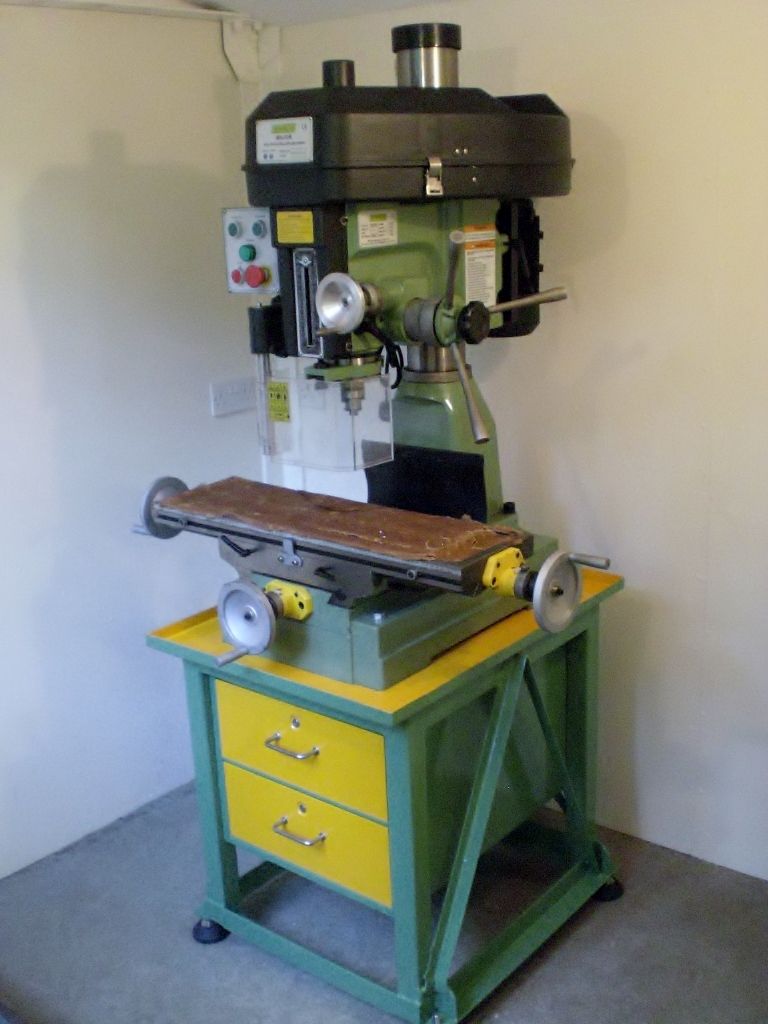Levelling the mill – is it worth it?
Levelling the mill – is it worth it?
- This topic has 20 replies, 14 voices, and was last updated 23 September 2022 at 22:33 by
 Vic.
Vic.
Viewing 21 posts - 1 through 21 (of 21 total)
Viewing 21 posts - 1 through 21 (of 21 total)
- Please log in to reply to this topic. Registering is free and easy using the links on the menu at the top of this page.
Latest Replies
Viewing 25 topics - 1 through 25 (of 25 total)
-
- Topic
- Voices
- Last Post
Viewing 25 topics - 1 through 25 (of 25 total)
Latest Issue
Newsletter Sign-up
Latest Replies
- Hopeless…Alibre Ass
- Alternative to ARC
- Lidl castors
- My vise isn’t at 90 degrees
- Sat nag
- Which lubricator do I need
- Polishing compounds for stainless steel (mild abrasives))
- Bad design, or am I missing something?
- Advice to machine stationary engine base plate
- Model Engine running just off a naked flame





